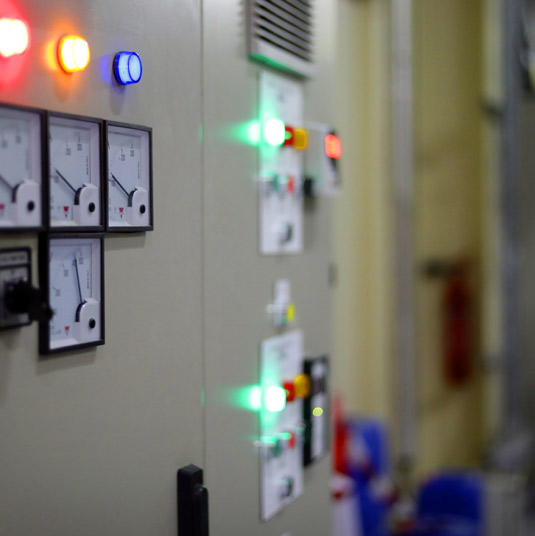While the district cooling application is undoubtedly energy efficient, economic and environmental friendly, it has challenges of its own that could impact the economical aspect of the district cooling in addition to the environmental aspect.
While the district cooling application is undoubtedly energy efficient, economic and environmental-friendly, it has challenges of its own that could impact the economic aspect of the district cooling in addition to the environmental aspect.
Low ‘Delta T’ is one such challenge that could drain away significant benefits of the district cooling application. Cracking the low ‘Delta T’ syndrome needs diligent efforts and the know-how of every associated system/ connected loads.
In addition to the low ‘Delta T’, Maintenance and Operation philosophies impact the outcome of the district cooling plants and to have the right methodology of operation / correct maintenance approach is a major if not the biggest challenge of this industry.
Joule’s energy optimization services are designed to identify energy losses and recommend potential energy savings. Gathered plant energy data is then benchmarked against Joule’s database and plants design efficiency allowing a fair and neutral assessment of the plant energy efficiency.
The scope of energy efficiency analysis is tailored to each client’s specific requirements and can cover either the entire District Cooling Plant operations or only particular systems. Our clients benefit from 10 years of our experience in the District Cooling Industry further strengthened by our consultancy services for plant optimisation all over GCC.

Joule’s R&D experts constantly strive in developing innovative ways of reducing energy losses and operating the plants. Development of precise optimisation strategy to reach specific targets (e.g. kW/ton, Operating cost – Fils/Ton, AED/Installed capacity)is at the heart of our approach while conducting our Due Diligence.
Key Benefits :
- Reduction of operating cost
- Increasing plant availability
- Optimisation of Water and Electricity
- Quality improvement
- Better environmental performance
6.Reduction of customer complaints
7.Performance review
8.Verification versus design capacity
9.Bottleneck analysis
10.Benchmarking
